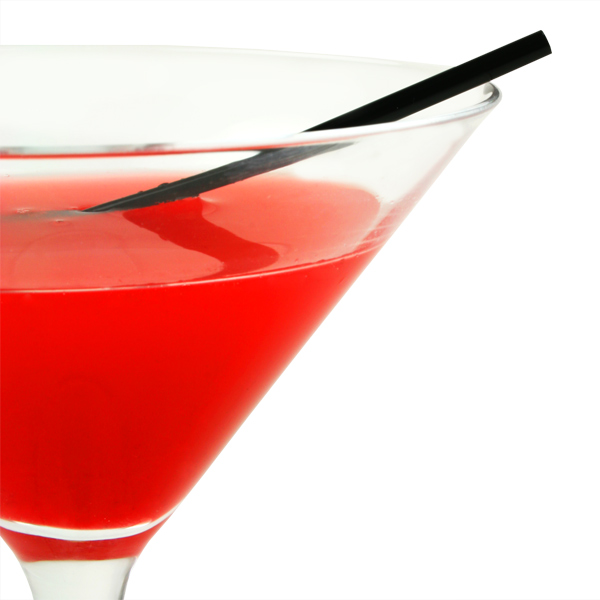Sipping the Soft Palate Up

If you’ve been looking at this site, you’ll know that the three Voice warm ups ( Basic, Intermediate, and Advanced ), you will know that each warm-up features a step that’s about the soft palate. It turns out that my posts on the soft palate are the most popular posts on the site! So in honor of this special interest by my readers, I thought I would write another post on the topic.
Today, we’re working on sensitizing the lift of the soft palate that happens when we sip through tightly rounded lips. If you were to imagine that you were sucking on a small cocktail straw, the air comes in through your mouth and definitely not through your nose. Making sure that the air comes in through your mouth ensures that your soft palate is closed, and the greater the suction we make, the tighter the soft palate will be.
Sipping, it turns out, also activates the movement of the arytenoid cartilages, that swing the vocal folds wide. This helps to open your throat, and you can then activate your external intercostal muscles to breathe down into your lower side and back ribs. So as you sip, imagine that your “straw” directs the breath down and back, rather than up and front into your sternum.
Now let’s add some voicing to our sipping.
- Sip down and back through tightly pursed lips
- Leaving your lips pursed, try to keep the feeling of lift in your soft palate, and breathe out on a narrow column of air, as if you were trying to blow out birthday candles (do this for 4 or 5 breath cycles)
- Now “ooze” a voice sigh on the vowel “oooooo” /u/ through that tightly pursed lip shape, all while trying to maintain the sensation of a lifted soft palate
- Make sure that each inhalation through your pursed lips connects your breath into your lower torso, and that you maintain that lifted feeling in your soft palate
- With each sound, slowly unpurse your lips more and more, so that you are alternating between pursed-on-inhalation and less-pursed-on-exhalation until you get to completely-relaxed-on-exhalation. Try to keep thinking “ooo” /u/ while you do this
- Finally, try doing this same experience with a rounded version of “EEEEE” /y/ (as in the vowel in the French word “tu”), that slowly unrounds to regular “EEEEE” /i/.
Now try a few “ooo” /u/ phrases like
- “Who are you?”,
- “Blue goo on my shoe” or
- “Eunice blew a tune through her new flute.”
Between each one, be sure to sip to lift your soft palate.
Now, speak some text you know, or count backwards from 100 by 3‘s (100, 97, 94…) and without sipping, try to keep that lifted feeling. Learning to keep that feeling of lift in order to maintain a bright, forward focused sound is challenging, but it is learnable with practice. Float your soft palate, and focus the sensation of vibrations in your face bones, and you’ll be on your way !